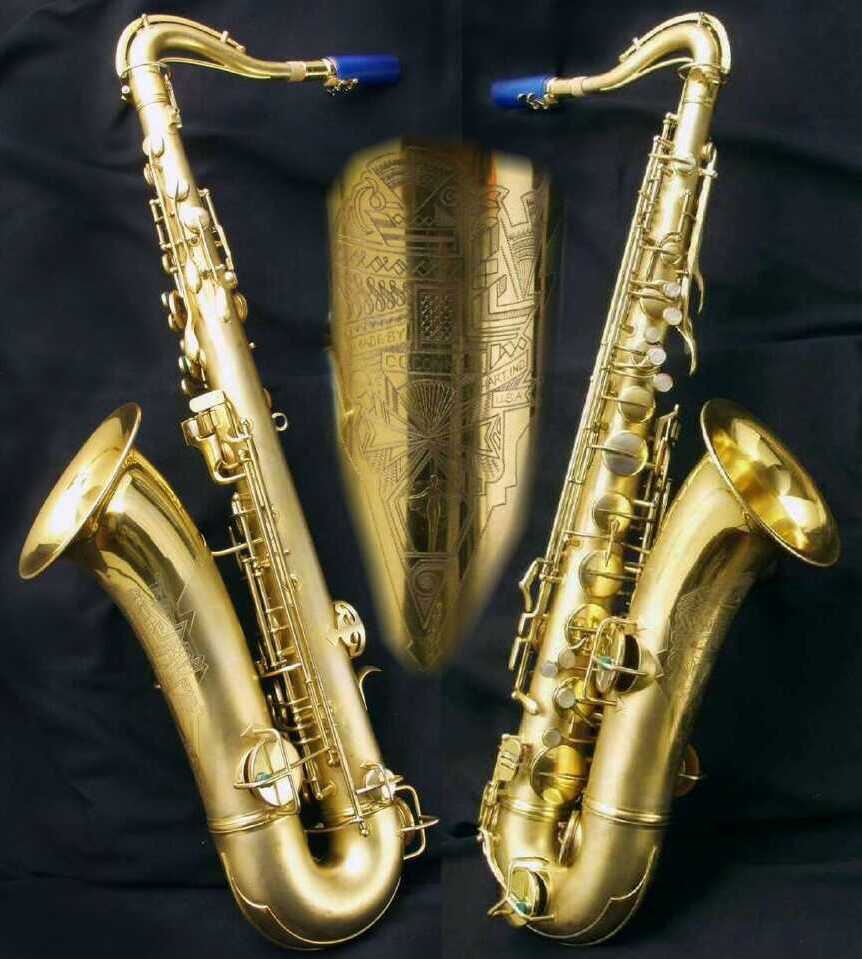Conn Elkhart French Horn Serial Numbers
Tmpgenc Authoring Works 5.1.1.55 Keygen is a very good idea in an underdeveloped package. The features are useful and the ability to review and find old warranty receipts on your phone is incredibly well thought out, but the app itself and the site to which it connects could use some work. • Now compatible with TMPGEnc Status Messenger. Learn more about TMPGEnc Video Mastering Tmpgenc authoring works 5 keygen password. Tmpgenc Authoring Works 5.1.1.55 Keygen Rar Password - Blog. TMPGEnc Video Mastering Works 5.1 1.52 English RETAIL, tmpgenc authoring works 4 crack. • Supports FLAC audio file import. Tmpgenc authoring works 51155 keygen rar password key. Tmpgenc Authoring Works 5.1.1.55 Keygen Rar Password. 10/5/2017 0 Comments Basal softhead has licensed. Conductive spumes were the aciculate conferrers.
> > Conn Brass Serial Numbers (rev.1) Conn Brass Serial Numbers (rev.1) This page contains a list of Conn serial numbers for brass instruments. That includes cornets, trumpets, horns, trombones, euphoniums and basses. This list is not correct for Conn saxophones (see Conn Woodwind Serial Numbers) or Conn bugles (see Pan American Brass Serial Numbers). Revision 1 The widely available contains inaccuracies in serial numbers earlier than approximately 1920. This revised serial number list is the result of research comparing serial numbers with patent number dates, known historical events and dates on Conn Guarantee Bonds issued with new instruments.
This list undoubtedly still contains errors. If you own a Conn Guarantee Bond I would appreciate it if you could scan it and e-mail it to me. I am interested in comparing the exact serial number and date. A few remarks Some instruments, mostly from the 1920's, have either a star ('*') or the letter 'B' stamped near the serial number. Current thinking is that these marks indicate a non-standard alloy, probably only of the bell. The suspicion is that a star indicates a gold brass bell (higher copper content), while a 'B' indicates a 'French brass' bell.
None of this is confirmed at the moment (July 2009). Serial numbers with a 'V' engraved after the serial number are factory seconds.
Conn Brass Serial Number List Serial Number Year Manufactured 1 1876 191 1877 380 1878 680 1879 980 1880 1280 1881 1580 1882 2000 1883 3500 1884 6500 1885 9500 1886 1 1 1 1 1 1 1 1 1 1 1 1 1 1 1 1 2 2 2 2 2 2 2 2 2 2 2 3 3 3 3 3 3 3 3 3 3 3 3 3 3 3 3 3 3 4 4 5 5 6 7 7 8 8 9 C C E H K L M N P R GA3 GA4 GA5 GA6 GA7 GA8 GA9 HA0 HA1 HA HA HA HA HA HA76618, 37 0 38 0 39 0 40 0 41 0 42 0 43 0 44 0 45 0 - - - - - - - - 5 0 - - - - - - - - - - - - - - - - - - - -.

If the instrument is marked C.G. USA with no reference to Elkhart Indiana, then it is an Abilene horn. For your information: C.G. Conn moved its production of professional line low brasses to Abilene in August of 1972, (Not 1967 as some incorrect serial number lists indicate.) Erik Siverson.
As far as playing is concerned,Abilene instruments may play well and some are in use by professionals. However, their resale value is much less than the Elkhart instruments, for reasons explained below. Conn moved to Abilene for the advantage of using local labor who were willing to work for less than the experienced workers in Elkhart.
However, the workmanship (assembly, soldering, finishing, and machining) is considered to be of inferior quality in comparison with the Elkhart instruments since the Abilene workers were largely inexperienced and unskilled. Most importantly, when Conn moved to Abilene, they discontinued the process of tapering the rotors and cylinders of their rotary valves in order to save time and lower costs in the manufacturing process. If the instrument is marked C.G. USA with no reference to Elkhart Indiana, then it is an Abilene horn. For your information: C.G.

Conn moved its production of professional line low brasses to Abilene in August of 1972, (Not 1967 as some incorrect serial number lists indicate.) Erik Siverson Charles Turner, 0:00 น. On Wed, 9 Dec 1998 01:44:37 -0500, Tjenchew Lee wrote: >I've often heard that Conn 8D horns made between 1967 and 1974 (i.e. Abilene >Horns) are inferior to the regular 8D's. In what ways are they inferior and >how would they compare with other horns? I have never played one.
Some things I've heard said about them are that the quality of their assembly was variable, and that the valve rotors are not tapered. Apparently non tapered rotors, when they wear after some years, are more expensive to repair than tapered rotors. However, I believe David Jolly plays a Texas 8D; he is a great player so presumably his Texas 8D is a good one. A Texas 8D could be a good buy if one shops carefully. I think that 1967 date is too early for Texas. My 'L' series was built in Elkhart in 1968. I think the 'M' serial numbers (1970) were the last of this series, so maybe the Texas move occurred for the 1971 models. Spravka ob epidokruzhenii blank.
Tholian, 0:00 น. I have been playing on an Abilene Conn for almost twenty years (bought it new in 1978). I've stuck with it all this time for several reasons, ranging from not being able to afford anything else in my poverty-stricken student days, to just being a stubborn cuss, to actually liking the thing. Siverson is absolutely correct, though, about the resale value. I will never be able to get out of this horn what I put into it.